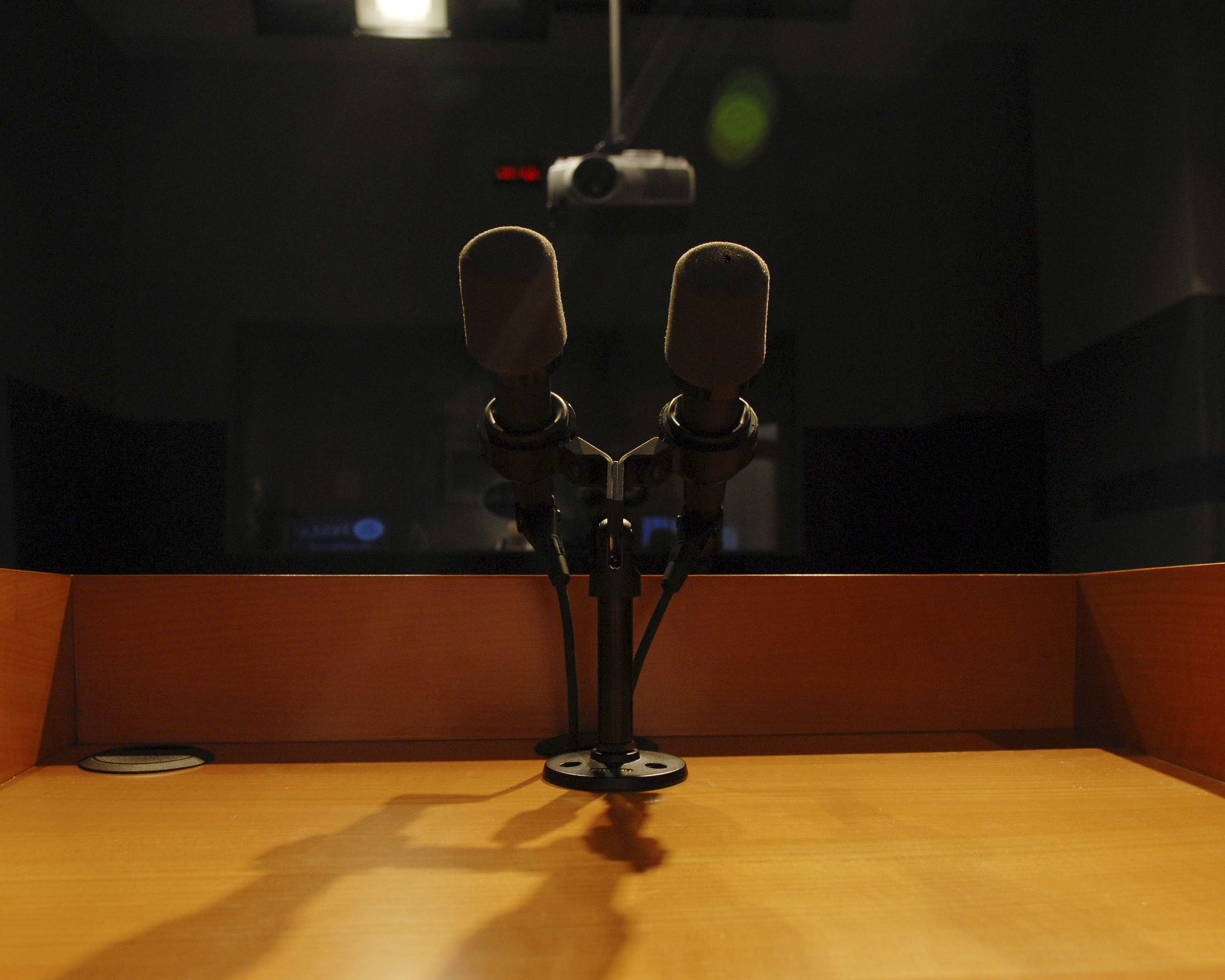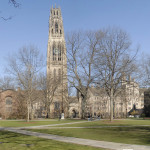by Nicole Chavez
The Department of Homeland Security describes “If You See Something, Say Something” as “a national campaign that raises public awareness of the indicators of terrorism.” But when it comes to discerning suspicions of terrorism, visuals are not the only cues.
Evident in the diatribes, often described as a “policy statements,” of U.S. Presidential candidate Donald Trump, is a rising rhetoric of Islamophobia that one could liken to the terrorism he claims to want to abolish.
Earlier on in the election season, people across the political spectrum disregarded Trump’s bid for the GOP’s nomination as a joke. The Huffington Post, for example, sarcastically posted all of its coverage of Donald Trump and his campaign under the Entertainment section “next to stories on the Kardashians and The Bachelorette.” However, eyebrows were soon raised after Trump made an announcement after the San Bernardino shooting in early December, calling for a “total and complete shutdown of Muslims entering the United States.”
This overt aggression and xenophobia in Trump’s regard for Muslims is concerning. The scapegoating strategy that he uses in his policy recommendations, such as closing the borders to all Muslims, which includes American Muslims working abroad for the American government and military, and creating a database of all Muslims in the U.S. and forcing them to wear I.D. badges, emulates the terroristic racism perpetuated by Hitler in Nazi Germany.
This political rhetoric cannot be ignored, not only because its pre-genocidal implications, but also because of the stark support from the American public. NBC News and Wall Street Journal ran several polls to gauge the American public’s reaction to Trump’s petition to close the borders to Muslims. Their results revealed that 42% of Republic voters are in favor of banning Muslim entry, with only 36% explicitly against it.
One of the primary reasons for which Trump is being given the attention and political power to disseminate such detrimental ideology and bolster an Islamophobic mob mentality within the American public is the narrow confines through which America — and the remainder of Western society — defines terrorism.
Merriam-Webster defines terrorism as “the systematic use of terror, especially as a means of coercion.” Terror, subsequently, is defined as “violent or destructive acts committed by groups in order to intimidate a population or government into granting their demands.”
But what people refuse to realize is that Trump’s demagogic speech is not a meaningless monologue meant to entertain. In fact, it is terrorism. Donald Trump is enthusing American with a white supremacist ideology that is indirectly mobilizing people to implement these ideologies in the form of hate crimes against Muslims and, in general, against people of Middle Eastern descent.
It was on December 7th that Trump called to block Muslims from entering into the U.S. borders. Only one day following this incident was Sarker Haque, a 53-year old Muslim who owns Fatima Food Mart in Astoria, Queens randomly assaulted by a man who claimed to “kill Muslims.” This brainwashing rhetoric trickles down to even the youngest of our society.
On December 12, not even a week after Trump declared his new “policy statement,” was a seventh grader in Ohio charged with ethnic intimidation and aggravated menacing for threating to shoot a sixth grader. He called the younger boy a “towel head,” a “terrorist,” and accused him of being “the son of ISIS” who was going to bomb him.
This past Wednesday, February 3rd, President Obama made his first Presidential visit to a mosque. Although he faced criticism by some for having waited until the end of his second term to visit an Islamic house of worship and speak directly with the Muslim community, the message he shared tackled the escalating levels of Islamophobia seen in the election, and nation overall, during these last several months: “[Americans] have to be consistent in condemning hateful rhetoric and violence against everyone. And that includes against Muslims here in the United States.”
As active and educated citizenry, we should hold ourselves, as Obama said, accountable and not be “bystanders to bigotry.” By calling others out on their Islamophobic rhetoric, we can abolish the misconception that pervades America that terrorism and Muslim are synonymous. By acknowledging the influence of the ideology upheld by Trump’s campaign and actively responding to it instead of ignoring it as absurdity, we can serve as better allies to the Muslim community. Even better, when conversations turn to the topic of Muslims, instead of focusing solely on how we can eradicate radical terrorism (including that perpetuated by non-Muslims), why not discuss ways in which we can bring about radical justice for Muslims, both those living in and outside of the United States?


